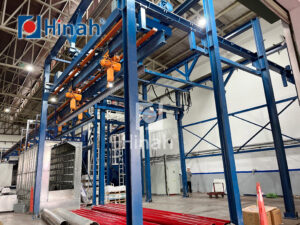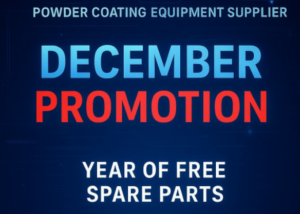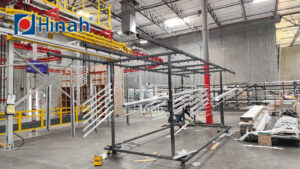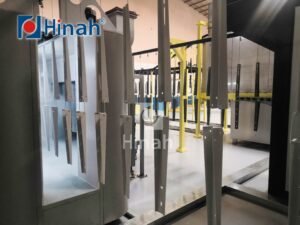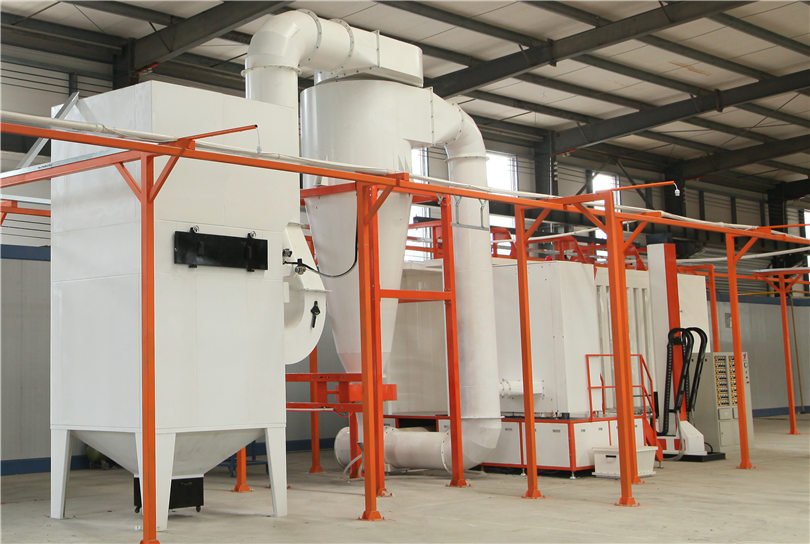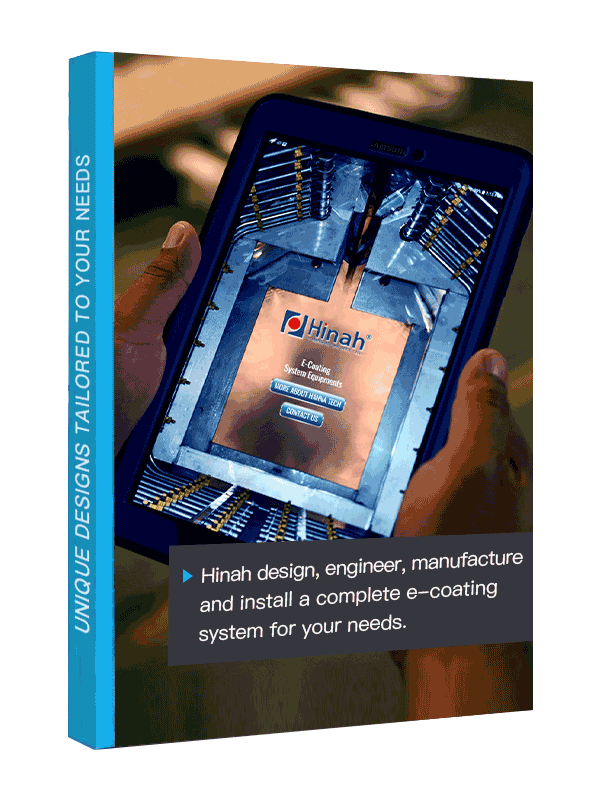If you’ve ever worked on a horizontal powder coating line, you know how satisfying it is to see a part come out smooth, even, and perfectly coated. But sometimes, things don’t go that way—especially around the edges. Those thick, uneven ridges that appear on corners or sharp angles are more than just a small visual flaw; they’re a real headache for finishers. This issue, known as edge build-up, can ruin an otherwise flawless coating, making parts look inconsistent and even compromising their long-term durability.
Edge build-up isn’t random—it’s the result of how charged powder behaves around complex shapes and how airflow moves inside a horizontal powder coating booth. Small changes in gun angle, air pressure, or grounding can turn a clean finish into an uneven one. The good news is that this problem can be controlled. By understanding what causes it and adjusting your coating process accordingly, you can achieve a smoother, more uniform finish that not only looks better but also performs better over time.
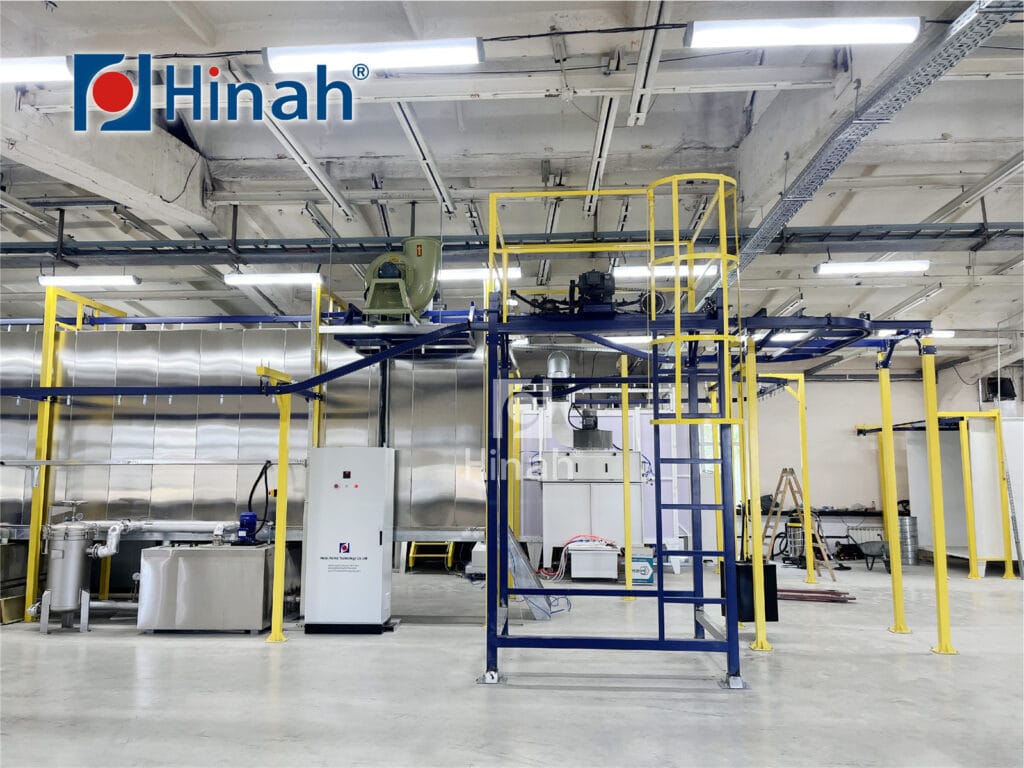
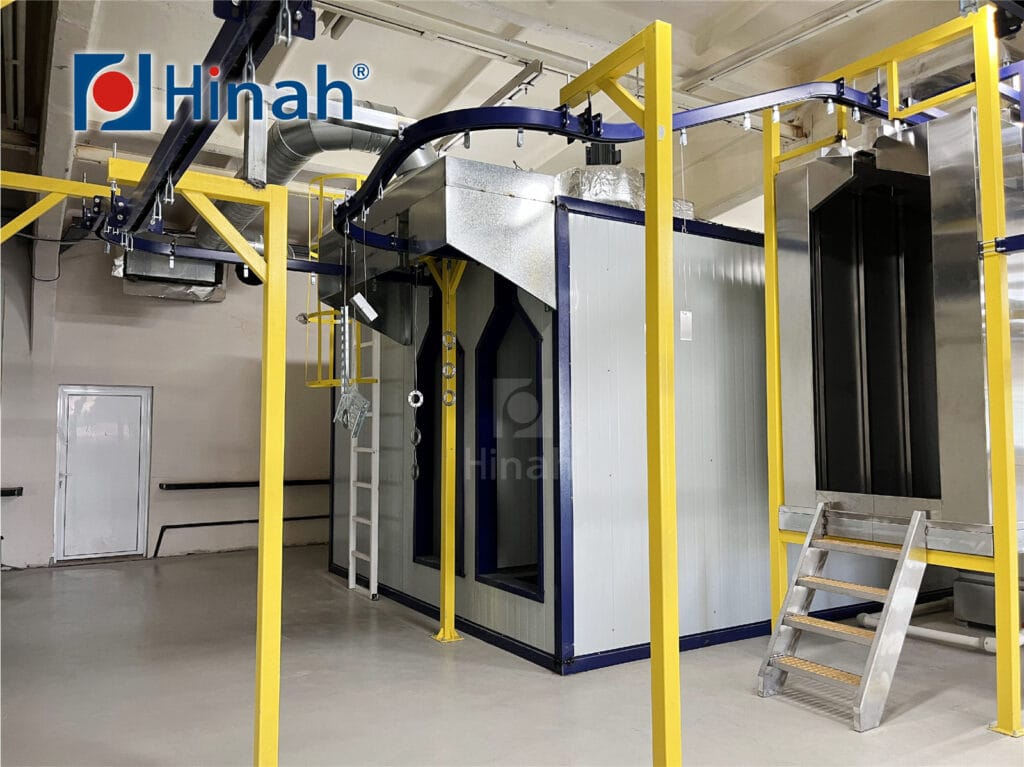
Why Edge Build-Up Happens in Horizontal Powder Coating Systems
To understand how to prevent edge build-up, we first need to look at why it happens. In horizontal powder coating systems, powder particles are electrostatically charged and sprayed toward a grounded metal surface. Ideally, these charged particles should form an even layer across the entire part—but physics has other plans. When the powder encounters sharp edges or corners, the electric field becomes concentrated in those areas, pulling more powder to the edge than to the flat surfaces. This uneven attraction is the main reason why thick, heavy coatings often form along edges.
Another factor is airflow. In a horizontal powder coating booth, airflow patterns can be slightly disrupted by the shape or position of the parts. If the air pressure or flow direction isn’t balanced, powder tends to swirl around edges, causing localized buildup. This is especially noticeable on parts with complex geometries—like frames, brackets, or panels—where air turbulence makes it difficult for powder to settle evenly.
Part orientation also plays a role. In horizontal coating setups, the way a part is positioned on the conveyor affects how the powder lands and sticks. If a surface is facing downward or angled awkwardly, powder may accumulate unevenly due to gravity and air movement. Over time, even small variations in setup or grounding can make a big difference in how consistent your coating appears.
What Exacerbates Edge Build-Up in Horizontal Powder Coating
Even when your powder coating system seems well-tuned, a few small details can quickly make edge build-up worse. These factors often work together, and understanding how they influence your coating results is the first step toward better control.
- Powder particle characteristics
Not all powders behave the same way. Finer or low-density powders can cling more easily to edges because they stay suspended in the air longer and respond more strongly to the electrostatic charge. In horizontal powder coating lines, this can create thick, uneven layers if airflow or charge control is not balanced.
- Spray gun angle and distance
The way you aim the gun matters more than most people realize. If the gun is too close, too far, or pointed directly at a sharp edge, powder will pile up faster than it can flow away. A slightly offset angle or greater gun movement can help spread the coating evenly.
- Air pressure and booth airflow
Air turbulence is a quiet troublemaker. When air pressure is too high or the airflow inside the booth isn’t well-balanced, powder can swirl and accumulate near corners. Maintaining smooth, consistent airflow across your horizontal powder coating booth is essential to prevent local buildup.
- Conveyor speed and part positioning
Conveyor speed controls how long the part stays within the spray zone. If it moves too slowly, edges get more exposure and collect extra powder. Similarly, poor part positioning can cause some areas—especially edges or corners—to face the guns longer than others.
- Grounding and charge control
A poor or inconsistent ground connection can disrupt the powder’s ability to distribute evenly. If certain sections of the part don’t discharge properly, those areas attract more powder, making edge build-up worse. Regular grounding checks are one of the simplest ways to improve coating uniformity.
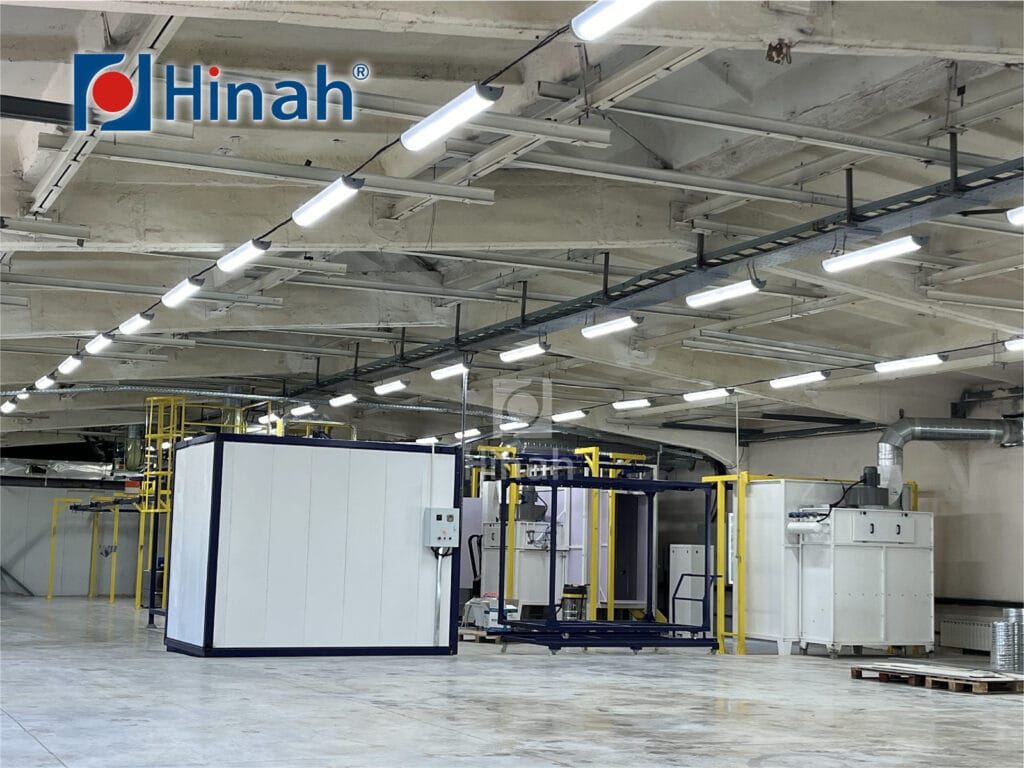
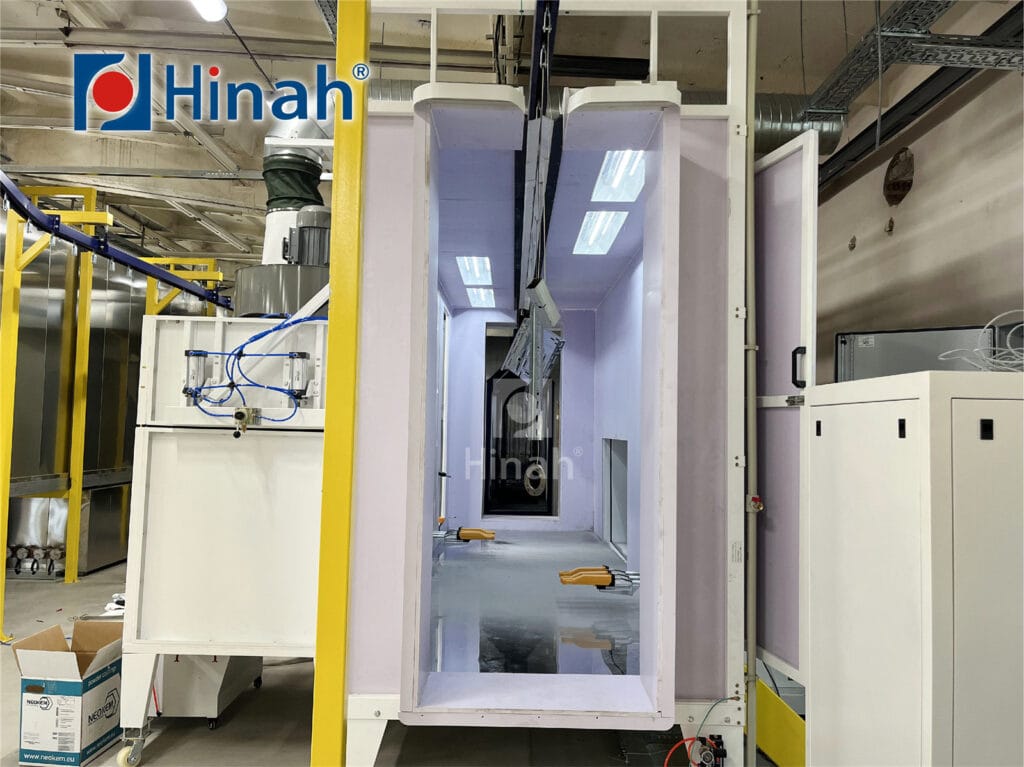
Techniques to Prevent Edge Build-Up in Powder Coating Line
Solving edge build-up in horizontal powder coating is not about complex technology—it’s about control and balance. Every part of the process, from spray settings to part orientation, plays a role in how evenly the powder is applied. The key is to create stable, predictable conditions that prevent powder from collecting excessively on sharp edges.
Start with your spray parameters. Reducing voltage slightly can minimize powder attraction to corners, while keeping air pressure consistent helps maintain an even spray pattern. Subtle adjustments—just a few kV or a slight change in airflow—can make a noticeable difference in coating uniformity.
Next, focus on gun positioning and movement. Instead of aiming directly at the edge, angle the gun so the powder wraps gently across it. In horizontal powder coating booths, using oscillating guns or overlapping spray paths often helps distribute powder more evenly across all surfaces.
Finally, ensure stable grounding and clean equipment. Uneven or weak grounding can cause static imbalance, drawing more powder to certain spots. Regular cleaning of the booth and guns prevents powder buildup that can interfere with airflow and charge control.
By keeping these fundamentals in check, you can achieve a more balanced and consistent horizontal powder coating—one that looks professional, performs well, and eliminates the frustration of excess powder on edges.


